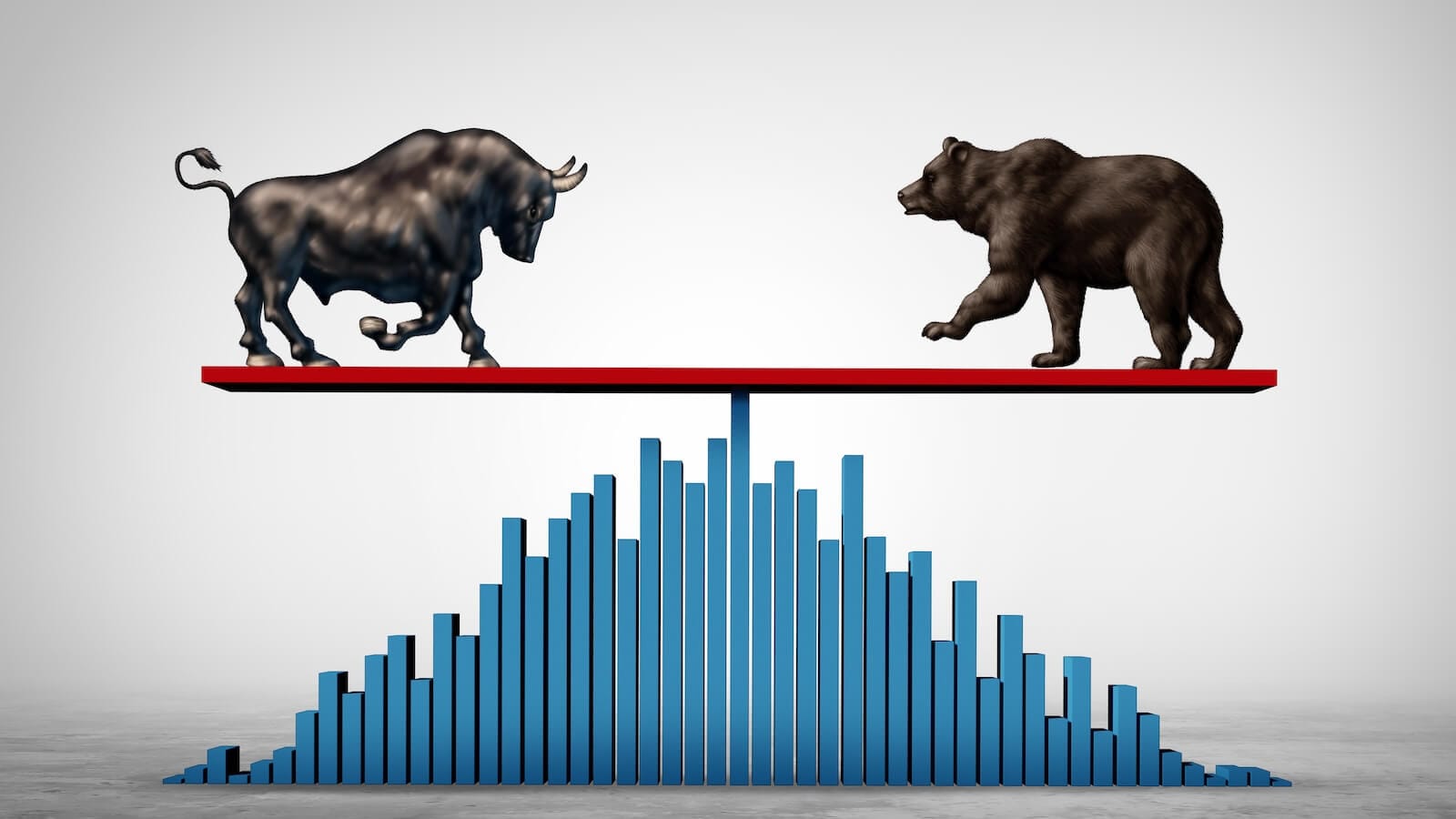Is It Time to Buy Tesla?
Recently, there have been horror stories about individual Tesla owners being harassed and dealers being vandalized, all because people have decided they don't like Elon Musk or his recent DOGE actions. In Europe, sales are reported down 49% in the first two months of the year, and, to cap it all off ,Saturday is "Global Tesla Day", a day of action aimed at protesting Elon Musk's influence and actions. The movement encourages people to sell their Tesla vehicles, divest from its stock and participate in peaceful protests at Tesla locations worldwide. To boot, the stock is down from around $480 to a recent low of $220, slightly more than 50%. Contrary opinion says it's time to buy; but what does the technical picture look like?
The Long-Term Picture
Chart 1 shows that, since late 2022, the price has experienced a series of rising intermediate peaks and troughs. This year's decline has done nothing to reverse that favorable trend. The price also remains above its 24-month MA. This average historically has acted as an important level of dynamic support and resistance, as we can see from the small red and green arrows. As long as long as it can stay above the average, we can conclude that the overall uptrend, which is also supported by a positive long-term KST, is intact.

Chart 2 compares the price of the stock to a PPO using the 6 and 15 parameters. The pink shading indicates when the oscillator is below zero. It's not a perfect indicator, but that's a condition which is usually negative. At the moment, the oscillator is above zero and therefore bullish. Note also the recent decline failed to take out the 12-month MA, which is also a support point.

Chart 3 features weekly data. Several things stand out. First, the price experienced a false upside break above its 2021 high; a classic example of how whipsaws are often followed by above-average price moves in the opposite direction to the break, as traders have second thoughts and scramble to get back to the right side of the market. In this instance, the post-November part of the rally was fueled by buyers eager to capitalize on Elon Musk's close ties with the new administration and with what they perceived to be a forthcoming beneficial business environment. Now that optimism has been replaced by fears of Tesla cars being traded in for other brands, stiffer EV competition, and concern over intimidation of Tesla owners generally. Returning to the reality of the chart, recent market action merely looks like a normal breakout and retracement back to the breakout level and 78-week MA.

That's also the impression we get from Chart 4, featuring daily data and a Special K indicator. Last week, the price pulled back and bounced from massive support in the form of the extended green breakout trendline and the red support line. Note that decisive crossovers of the Special K's Signal Line have signaled three important trend reversals in the last six years, as flagged by the arrows. It's important to note that the pervasive 2025 decline has not triggered a Signal Line sell signal, though it has resulted in a violation of the 200-day MA. Finally, it is evident the daily KST in the bottom window is deeply oversold and has just triggered a buy signal.

Shorter-Term Picture
This action is shown in greater detail in Chart 5, where the PVO tells us the mid-March bottom was really a bullish selling climax.

Conclusion
Tesla is experiencing unprecedented and widespread negative sentiment. However, despite a 50% drop, the long-term indicators remain in a bullish mode. The price is also deeply oversold and at support. That's not to say that it will immediately take off on the upside nor avoid a probing of recent lows; however, it does appear to be as good a place as any for anticipating an important bottom.
Good luck and good charting,
Martin J. Pring
The views expressed in this article are those of the author and do not necessarily reflect the position or opinion of Pring Turner Capital Groupof Walnut Creek or its affiliates.










